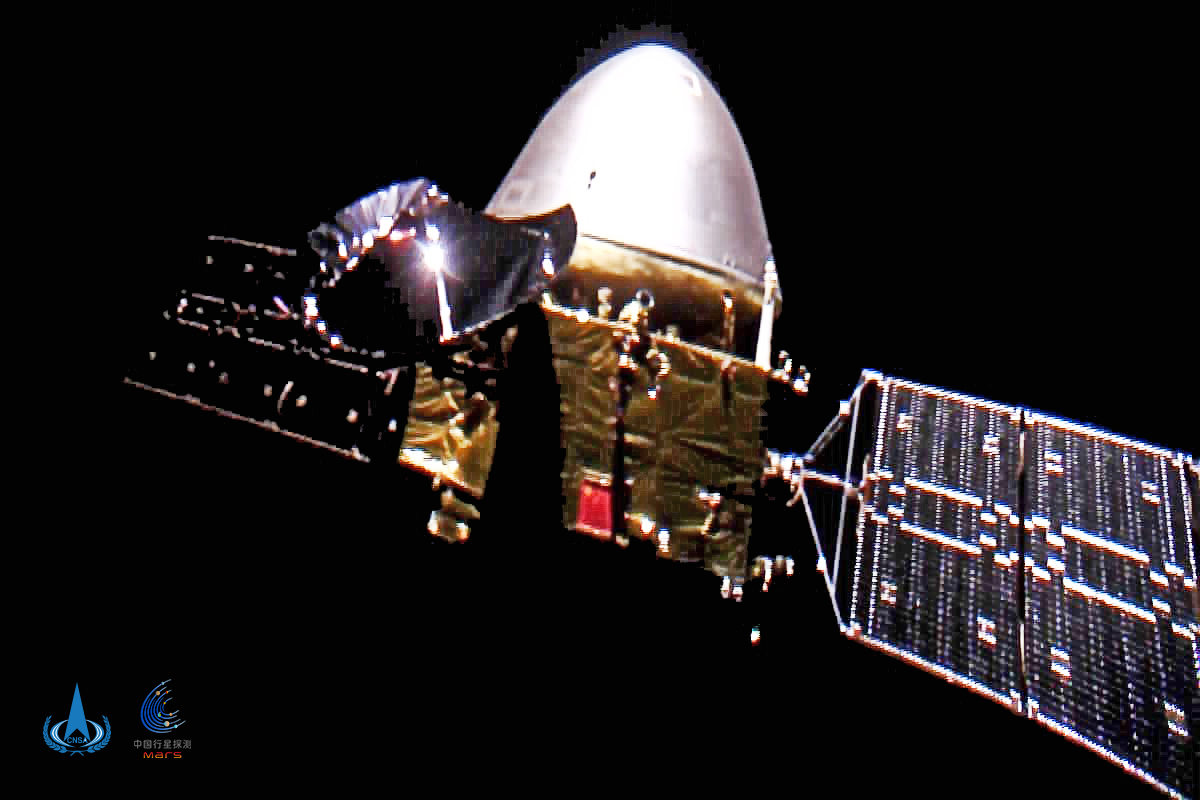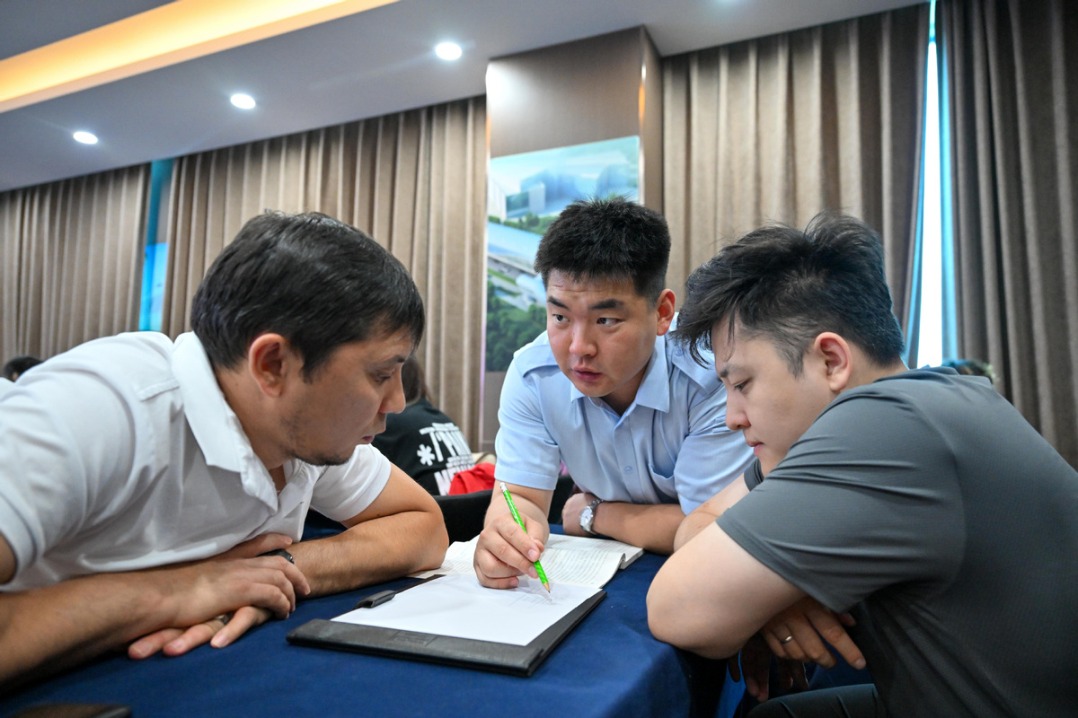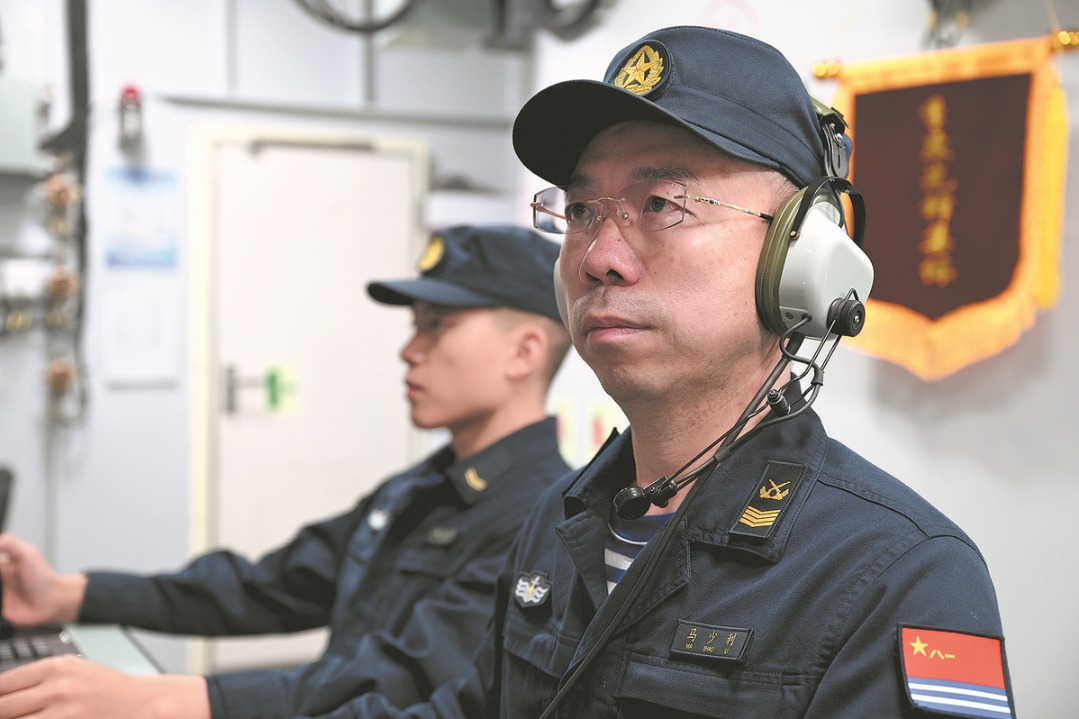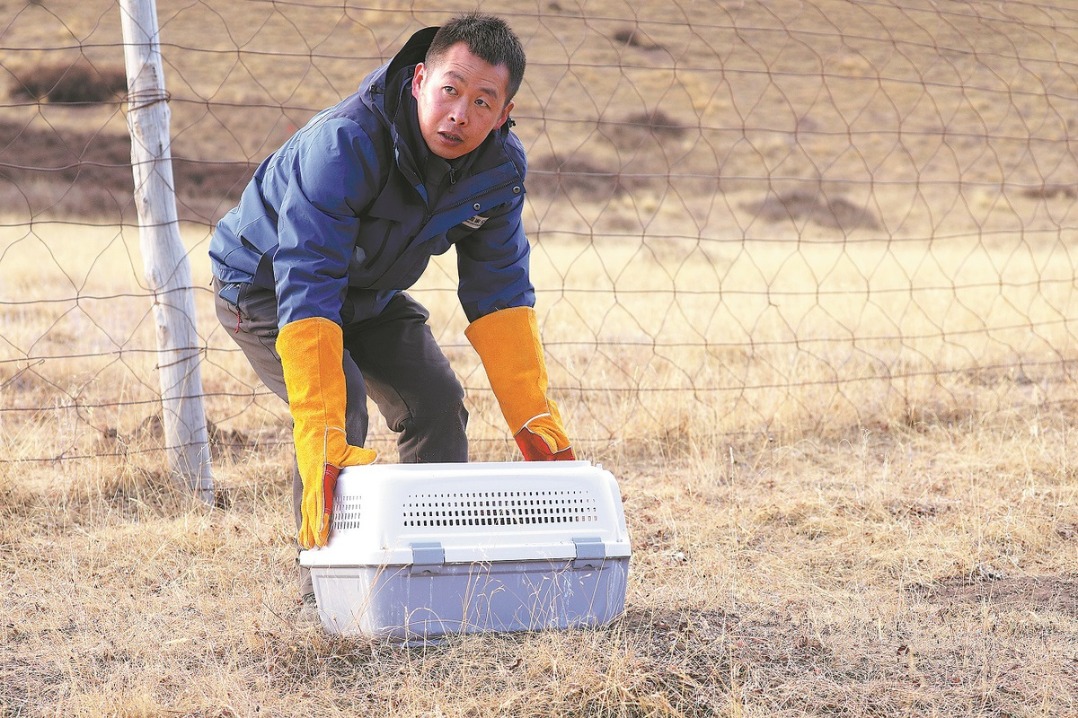Mars spacecraft now 12m kilometers from red planet


China's Tianwen 1 Mars probe was 100 million kilometers from Earth on Monday evening after traveling nearly 360 million km, the China National Space Administration said.
By 9 pm Monday, the robotic probe had flown for 144 days on an Earth-Mars transfer trajectory and was around 12 million km from the red planet, the administration said, adding that it was in good condition.
The spacecraft has made three midcourse corrections and a deep-space orbital maneuver, and will make several orbital corrections before approaching Mars in mid-February, it said in a statement issued on Tuesday morning.
Tianwen 1, China's first independent Mars mission, was launched by a Long March 5 heavy-lift carrier rocket on July 23 from the Wenchang Space Launch Center in Hainan province, opening the nation's planetary exploration program.
If everything goes according to schedule, the 5-metric ton probe - which consists of two major parts, an orbiter and a landing capsule - will travel more than 470 million km before getting captured by the Martian gravitational field in February, when it will be 193 million km from Earth.
Depending on the two planets' orbits, Mars is from 55 million km to 400 million km distant from Earth.
After the probe enters Mars orbit, it will revolve around the planet for two and a half months to investigate the landing capsule's preset landing site before descending to release the landing capsule, which will gradually fall through Mars' atmosphere.
At the start of the entry, descent and landing process, the capsule will use a heat shield to decelerate, relying on aerodynamic drag to slow down. It will then deploy a parachute to further reduce speed and drop the heat shield. In the next step, the capsule will drop the parachute and its back shell and ignite its retrorockets.
When the spacecraft is about 100 meters above the surface, it will suspend the descent and spend some time observing and analyzing the selected landing site to check for obstacles like rocks. With a positive result, the craft will continue descending until the last moment, when the retrorockets will be shut down and the capsule will touch down on Martian soil. If, however, the landing site looks unsuitable, the spacecraft will make slight adjustments to touch down on a suitable adjacent site.
The mission's ultimate goal is to deploy a rover in May on the southern part of Mars' Utopia Planitia - a large plain within Utopia, the largest recognized impact basin in the solar system - to make scientific surveys.
If Tianwen 1 can fulfill its three objectives - orbiting Mars for comprehensive observation, landing on the planet's surface and deploying a rover to conduct scientific operations - "it will become the world's first Mars expedition to accomplish all three goals with one probe," said Ye Peijian, a leading deep-space exploration scientist at the China Academy of Space Technology.
Tianwen 1 is the world's 46th Mars exploration mission since October 1960, when the former Soviet Union launched the world's first Mars-bound spacecraft. Only 17 of those missions were successful.
In the second step in China's Mars exploration program, a larger probe will set off for Mars around 2030 to collect samples and return them to Earth, space officials have said.
- State Council approves establishment of national nature reserve at Huangyan Island
- A capable assistant in classroom -- Chinese educators embrace AI
- China rolls out homegrown 9-valent HPV vaccine
- New coal-to-gas pipeline project begins in Xinjiang
- Horgos Port exports a record 214,000 vehicles in first 7 months of this year
- Defense leaders from over 100 countries to attend Xiangshan Forum





































